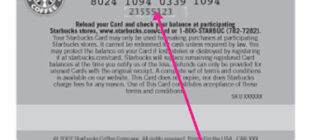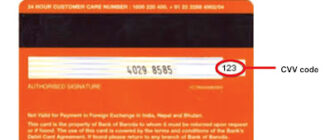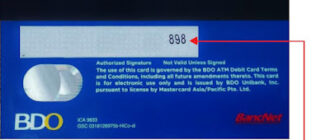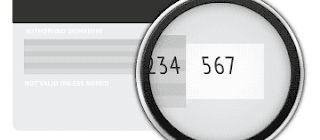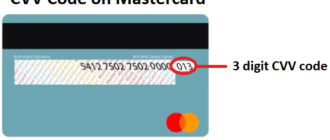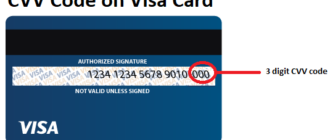Introduction
Bank cards, including those issued under the prestigious Queen of England brand, are equipped with advanced security features to protect cardholders from unauthorized access and fraud. Among these features is the CVC code (Card Verification Code), a critical component in ensuring secure financial transactions. This article delves into the significance of the CVC code on the Queen of England bank card, its functionality, and essential security measures.
What Is a CVC Code?
The CVC (Card Verification Code) is a three-digit numerical code located on the back of most bank cards. Its primary purpose is to verify the authenticity of the card during online transactions. By requiring the CVC code, financial institutions add an additional layer of security, ensuring that only the cardholder can authorize transactions.
How Does the CVC Code Work?
1. Authentication of Card Ownership
- When making an online purchase or transfer, the system requests the CVC code to confirm that the transaction is initiated by the legitimate cardholder.
- Upon entering the correct code, the transaction proceeds as authorized and secure.
2. Fraud Prevention
- If an unauthorized user attempts to complete a transaction without the CVC code, the payment system blocks the transaction.
- This mechanism prevents unauthorized access to funds, even if other card details are compromised.
Where Is the CVC Code Located on the Queen of England Bank Card?
On the Queen of England bank card, the CVC code is typically located on the back of the card next to the cardholder’s signature panel. It may also appear near other security elements, such as holograms or embossed details, emphasizing its role as a key security feature.
How to Use the CVC Code?
1. Online Purchases
- When shopping online, enter the requested card details, including the card number, expiration date, and CVC code.
- The payment system verifies the code, ensuring the transaction is secure before processing it.
2. Fund Transfers and Payments
- For online money transfers or service payments, the system may request the CVC code as an added security measure.
- Enter the three-digit code in the designated field to complete the transaction successfully.
Security Measures for CVC Code Protection
To safeguard your CVC code and prevent fraudulent activity, follow these best practices:
- Keep the Code Confidential
- Never share your CVC code with others, even with individuals claiming to represent financial institutions.
- Avoid Providing CVC Information Over the Phone
- Legitimate banks will never ask for your CVC code over the phone. Treat such requests as suspicious.
- Use Virtual Cards for Online Purchases
- For added security, use a virtual card with a unique, temporary CVC code when shopping online.
- Monitor Transactions Regularly
- Check your account statements frequently to detect unauthorized transactions.
- Immediately Block Lost or Stolen Cards
- If your card is lost or stolen, contact your bank immediately to block it and prevent unauthorized use.
Why Is the CVC Code Important?
The CVC code is an essential tool in modern banking security. By requiring the cardholder to input this unique code, financial institutions can:
- Authenticate the transaction.
- Prevent unauthorized use of the card.
- Reduce instances of online fraud.
Its importance is heightened in a digital age where card-not-present transactions are common, making it a critical line of defense for safeguarding financial data.
Conclusion
The CVC code on the Queen of England bank card represents more than just a series of digits—it is a pivotal element in ensuring secure financial transactions. By understanding its purpose, functionality, and the importance of adhering to security measures, cardholders can enjoy a safer and more reliable banking experience.
Be vigilant, protect your CVC code, and embrace secure financial practices to keep your funds safe from potential threats.

